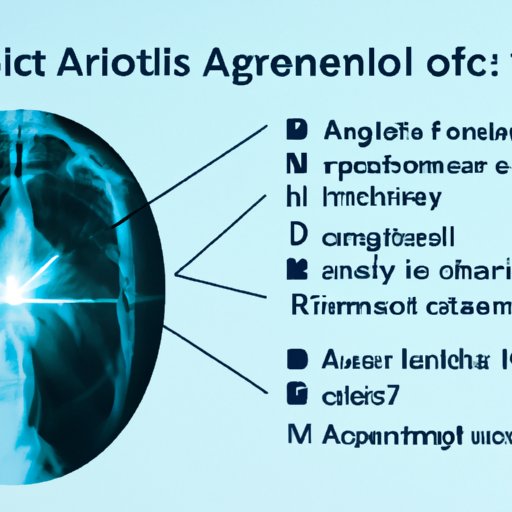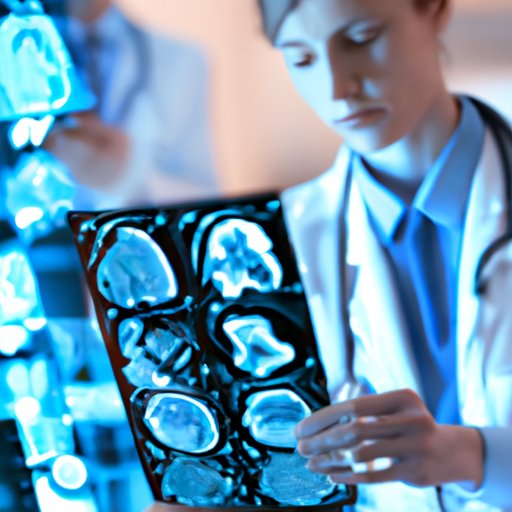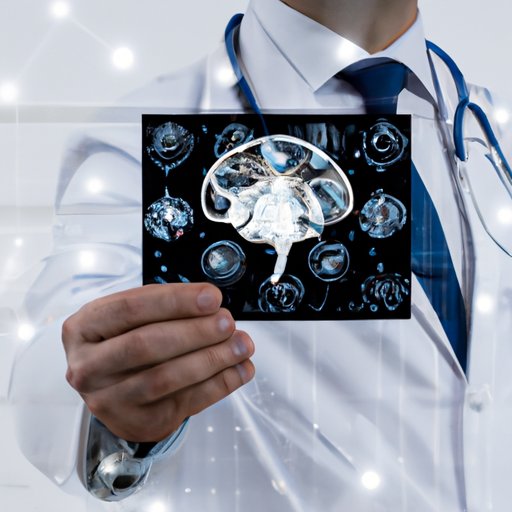Introduction: What is Artificial Intelligence in Radiology?
Artificial intelligence (AI) is quickly becoming a part of everyday life, from our phones to our cars to our healthcare. In radiology, AI is being used to improve accuracy and efficiency for diagnoses, streamline workflows, and provide better patient care. But what is AI in radiology, and how does it work?
AI is a branch of computer science that focuses on creating machines that can think and act like humans. AI systems use algorithms to process data, recognize patterns, and make decisions without human intervention. In radiology, AI can be used to help identify diseases or abnormalities based on medical images such as X-rays, CT scans, and MRIs.
Exploring the Role of Artificial Intelligence in Radiology
AI has the potential to revolutionize the practice of radiology by providing more accurate and timely diagnoses. AI-powered imaging systems can detect subtle differences in medical images that may be missed by the human eye, helping to diagnose diseases and conditions faster and more accurately.
AI can also be used to automate certain tasks, such as image segmentation and feature extraction. This can speed up the process of analyzing medical images and reduce the amount of time radiologists spend manually reviewing images. AI can also be used to generate reports and other documents, making it easier for radiologists to review and share results with other healthcare providers.

Benefits of Using AI in Radiology Diagnosis
The main benefit of using AI in radiology diagnosis is improved patient care. AI can help radiologists identify serious conditions earlier, which can lead to better outcomes for patients. AI-powered systems can also detect anomalies that might have been overlooked by the human eye, providing more accurate diagnoses and reducing the risk of misdiagnosis.
AI can also help radiologists make more informed decisions. By analyzing large amounts of data, AI-powered systems can identify trends and suggest possible treatments or courses of action. This can help radiologists make more informed decisions about treatment plans, leading to better outcomes for patients.

How AI is Changing the Way Radiologists Work
AI is changing the way radiologists work in several ways. The most obvious is the automation of certain tasks, such as image segmentation and feature extraction. This can reduce the amount of time radiologists spend manually reviewing images and allow them to focus on more complex tasks. AI can also be used to generate reports and other documents, making it easier for radiologists to review and share results with other healthcare providers.
AI can also be used to streamline workflows. AI-powered systems can analyze data from multiple sources and suggest the best course of action for each patient, allowing radiologists to make more informed decisions faster. This can help reduce wait times and improve patient care.

Conclusion: The Future of AI in Radiology
AI has the potential to revolutionize the practice of radiology by providing more accurate and timely diagnoses. AI-powered systems can detect subtle differences in medical images that may be missed by the human eye, helping to diagnose diseases and conditions faster and more accurately. AI can also be used to automate certain tasks, such as image segmentation and feature extraction, and to streamline workflows. These advances can help radiologists provide better patient care and make more informed decisions.
However, there are still some challenges facing AI in radiology. For example, AI systems can be limited by the quality of data they are given, and it can be difficult to ensure that the data is accurate. Additionally, AI systems can be biased if the data they are given is not representative of the population, leading to inaccurate diagnoses. Despite these challenges, AI has the potential to transform the practice of radiology and improve patient care.
(Note: Is this article not meeting your expectations? Do you have knowledge or insights to share? Unlock new opportunities and expand your reach by joining our authors team. Click Registration to join us and share your expertise with our readers.)
